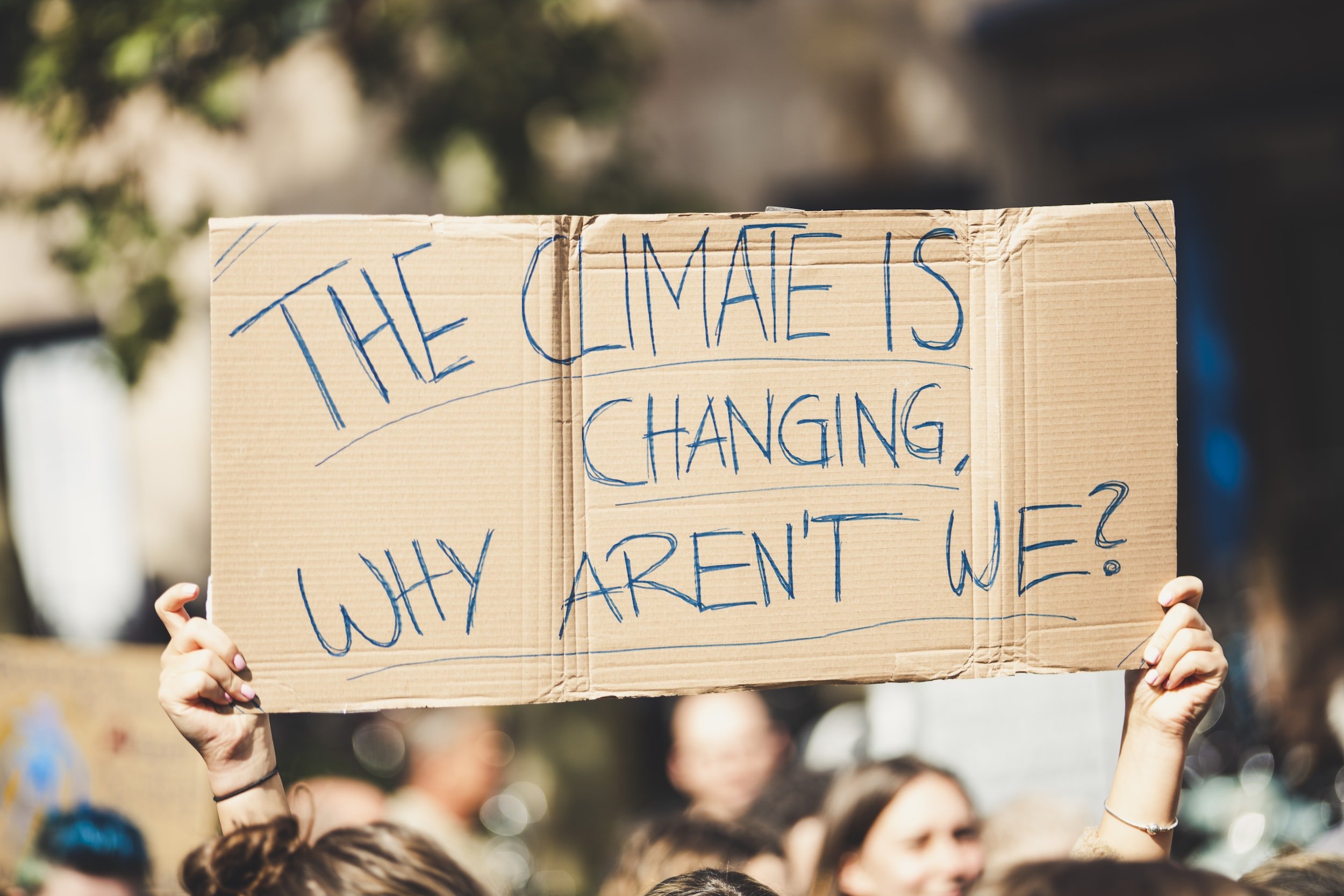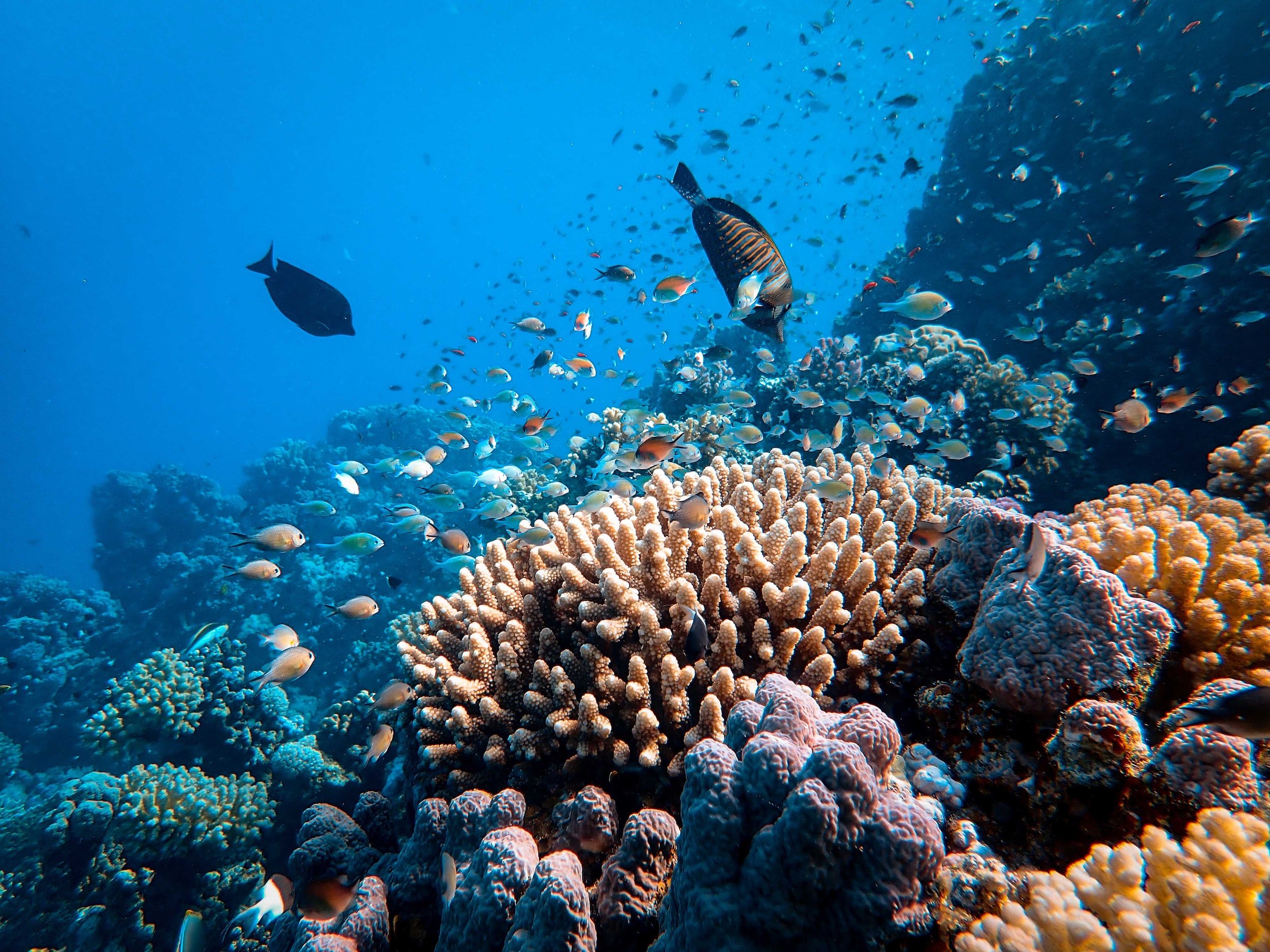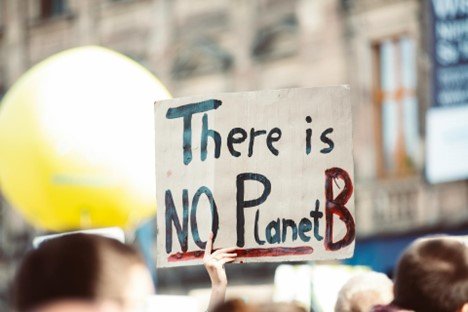How Climate Change Is Affecting Wildlife and Ecosystems
/Climate change is happening, and it's already affecting the wildlife and ecosystems around us.
Wildlife and ecosystems are the foundation of our planet, providing us with food, water, and many other essential resources. But climate change is putting these resources at risk, as it impacts the way these animals and ecosystems function.
Here are just a few examples...
What is climate change and how does it affect wildlife and ecosystems?
Climate change is the gradual increase of average global temperatures. The main component of global warming (the name given to climate change caused by human activities) is the increased emission of greenhouse gases. These gases form a "blanket" around Earth that traps energy from the sun.
This trapped energy makes the Earth's atmosphere warm and disturbs the Earth's climate. Climate change is already affecting wildlife and ecosystems around the world, and it is predicted to get worse in the future.
One way climate change affects wildlife is by making their habitats disappear. For example, polar bears are losing their icy habitats as a result of melting glaciers. As sea ice melts, polar bears have to swim longer distances to find food, which can exhaust them and leave them vulnerable to predators. In addition, when sea ice melts, it exposes dark ocean waters that absorb more sunlight than the reflective ice, causing even more melting.
Another way climate change affects wildlife is by making them migrate to new areas in search of suitable habitats. For example, monarch butterflies in North America used to migrate south to Mexico every winter. But with changing temperatures and weather patterns, many monarchs are now migrating further north into Canada. This migration puts the butterflies in new areas where they may not have the necessary food or shelter resources they need to survive.
Climate change can also make wildlife populations more susceptible to disease.
For example, warmer temperatures can help certain types of mosquitoes thrive and spread malaria faster. Additionally, droughts caused by climate change can lead to shortages of food and water that make animals more susceptible to diseases like Ebola.
Climate change is also affecting ecosystems around the world. One major impact is that it is causing coral reefs to die off at an alarming rate. Coral reefs are important because they provide homes for many different types of marine life and they help protect coastlines from storms.
As coral reefs die off, marine life loses their homes, and coasts become more vulnerable to damage from storms.
The situation is only going to get worse in the future as temperatures continue to rise. It is essential that we take steps to reduce our emissions and mitigate the effects of climate change before it's too late.
How has climate change affected different parts of the world?
The consequences of climate change on wildlife and ecosystems are varied and far-reaching. In the Arctic, for example, melting sea ice is causing polar bears to lose their hunting grounds and habitat. As a result, many bears are starving to death. In addition, the thawing of permafrost is releasing large amounts of methane gas into the atmosphere, which is accelerating climate change.
In the United States, extreme weather events such as floods and droughts are becoming more common and are putting stress on ecosystems. For example, the recent drought in California has killed off vast numbers of trees, leading to an increased fire risk and less water available for people and wildlife.
Globally, climate change is causing species to migrate to new areas in order to survive. This can create conflicts with humans who live in those areas, as well as put stress on local ecosystems. One example is the relocation of mosquitoes from Africa to Europe; the new mosquitoes are carrying tropical diseases that were not previously present in that region.
How is climate change affecting plant life?
Climate change is affecting plant life in a number of ways. One major way is that plants are migrating to new areas in order to find the right climate conditions. They do this through the dispersal of their seeds. Some trees, for example, are moving north to find cooler climates.
This can cause problems for ecosystems, as migrant plants may not be able to survive in the new environment and may outcompete native plants.
Additionally, climate change is causing plants to flower earlier or later than they normally would, which can disrupt the natural rhythm of wildlife populations. For example, some bees are now pollinating flowers that they wouldn't have before, leading to changes in the types of fruits and vegetables that are available.
The potential consequences of climate change on wildlife and ecosystems
Climate change is already affecting wildlife and ecosystems in a number of ways. One major concern is that many species will not be able to adapt to the changing environment fast enough, and will go extinct.
For example, the pika, a small rodent that lives in the mountains of the Western United States, has seen its habitat shrink as the temperature rises. As a result, their population is declining.
Another major concern is that climate change will cause disruptions to food chains and ecosystems. As previously mentioned, warmer water temperatures are causing coral reefs to die off. This not only disrupts the food chain but also destroys an important habitat for many marine species.
In addition, climate change can cause extreme weather events that can damage or destroy wildlife habitats. For example, hurricanes can damage coastal wetlands and forests, and droughts can kill trees and other plants.
Ultimately, climate change is already having a serious impact on wildlife and ecosystems, and on the current trajectory will cause even more problems in the future. We need to take action now to try to mitigate the effects of climate change before it's too late.
Ways to help reduce the effects of climate change on wildlife and ecosystems
There are a number of ways that we can help reduce the effects of climate change on wildlife and ecosystems.
One way is to reduce our own greenhouse gas emissions. This can be done by driving less, using less electricity, and recycling and composting our waste. Another way is to use sustainable packaging, like eco-friendly tea packaging.
We can also support policies that will reduce greenhouse gas emissions, such as investing in renewable energy sources and reducing deforestation.
Like this? Please pin!
Additionally, we can advocate for the protection of natural habitats, which are increasingly under threat from development and climate change.
By doing all of these things, we can help make sure that our planet remains a hospitable place for wildlife and ecosystems for years to come.
About the author:
TIPA TEAM (TIPA) was founded in 2010 by Daphna Nissenbaum and Tal Neuman to address the challenge that plastic packaging poses to the environment. TIPA packaging is compostable and contains no toxic residue, microplastics, or other pollutants.











































When calamity strikes, being well-prepared can make a significant difference in ensuring safety and comfort. Emergency kits are your first line of defense against the unpredictable wrath of nature. Creating a tailored emergency kit doesn’t just provide peace of mind; it’s a crucial survival tool. Let’s explore how you can assemble your own kit, backed by insights from those who have faced disasters firsthand.